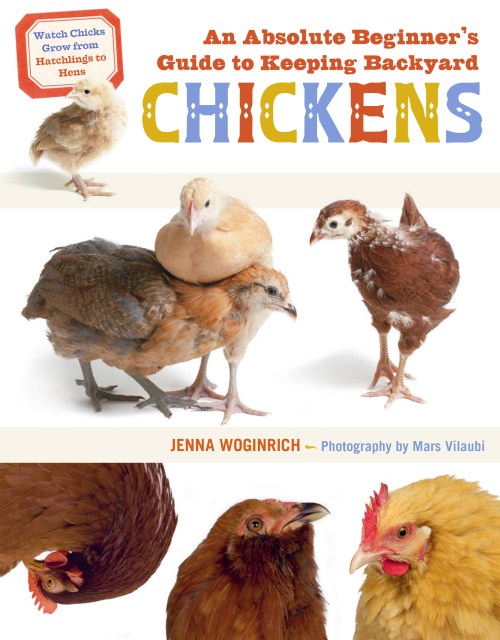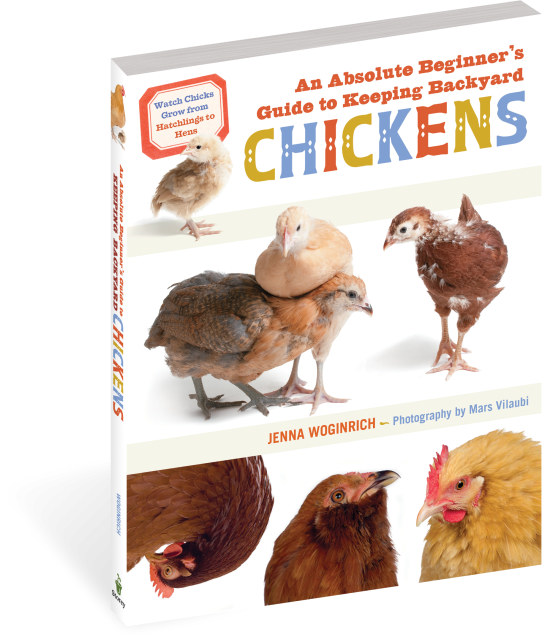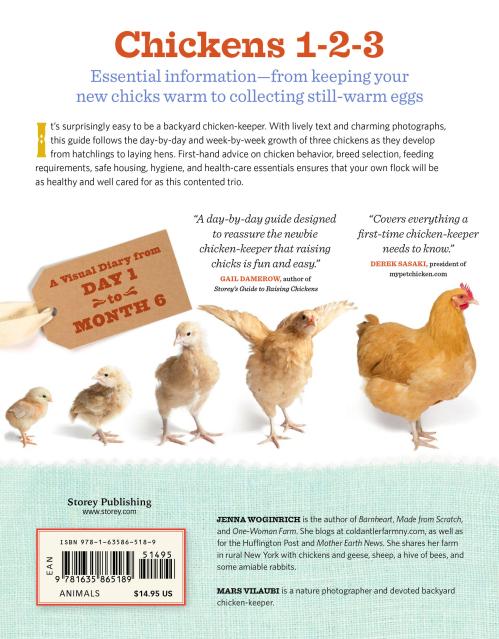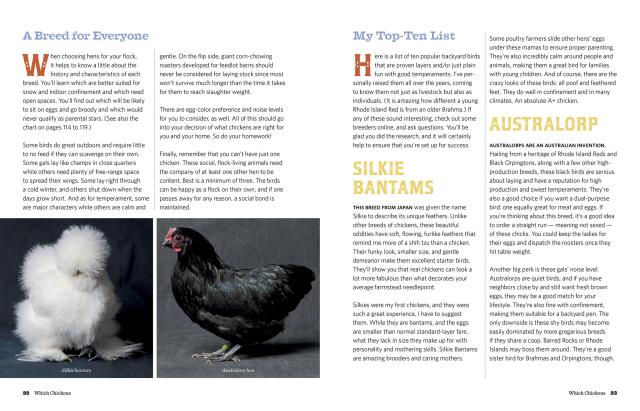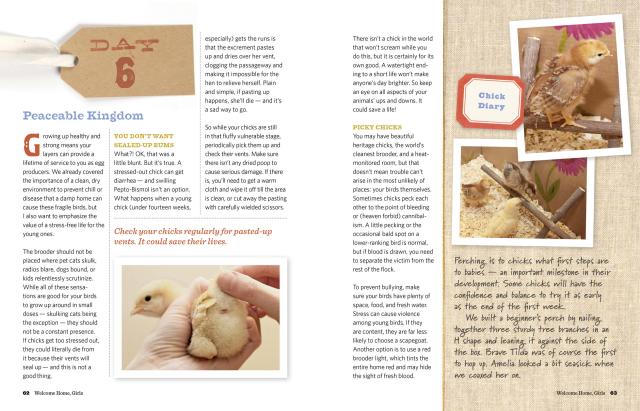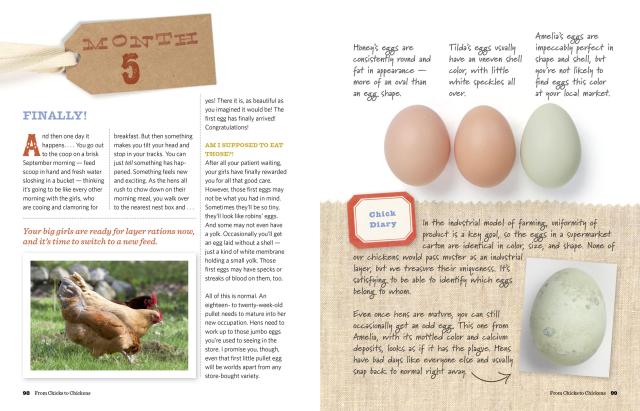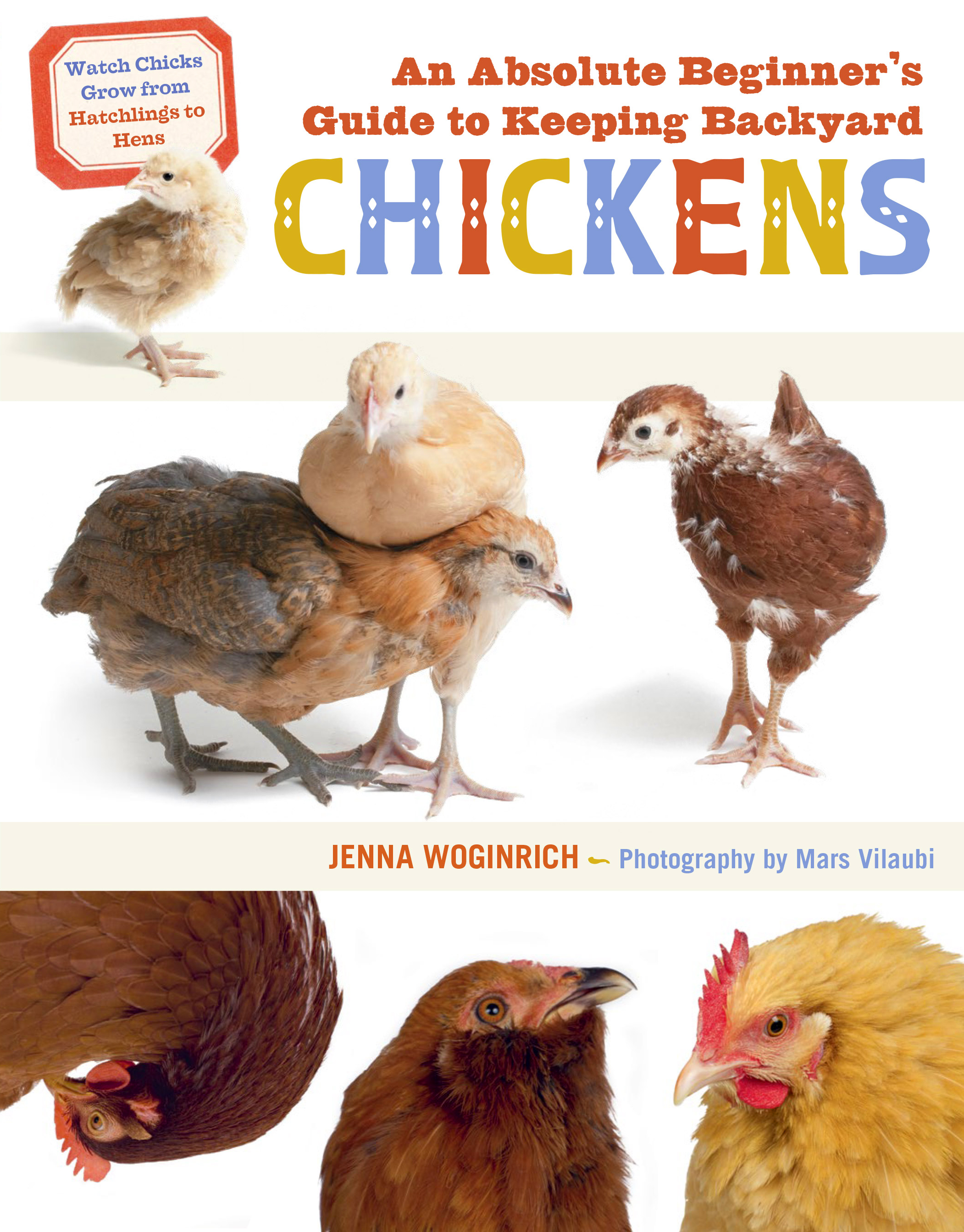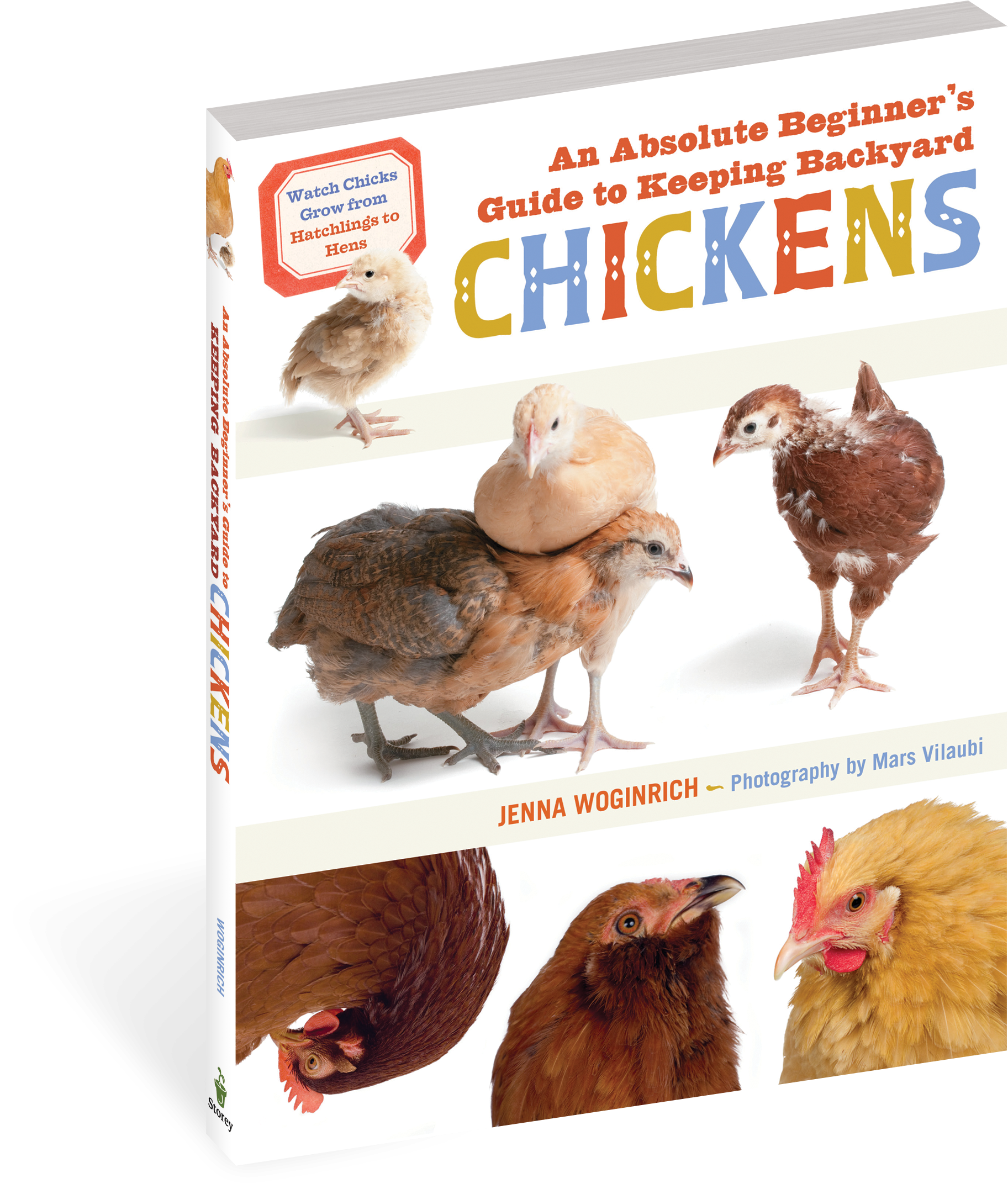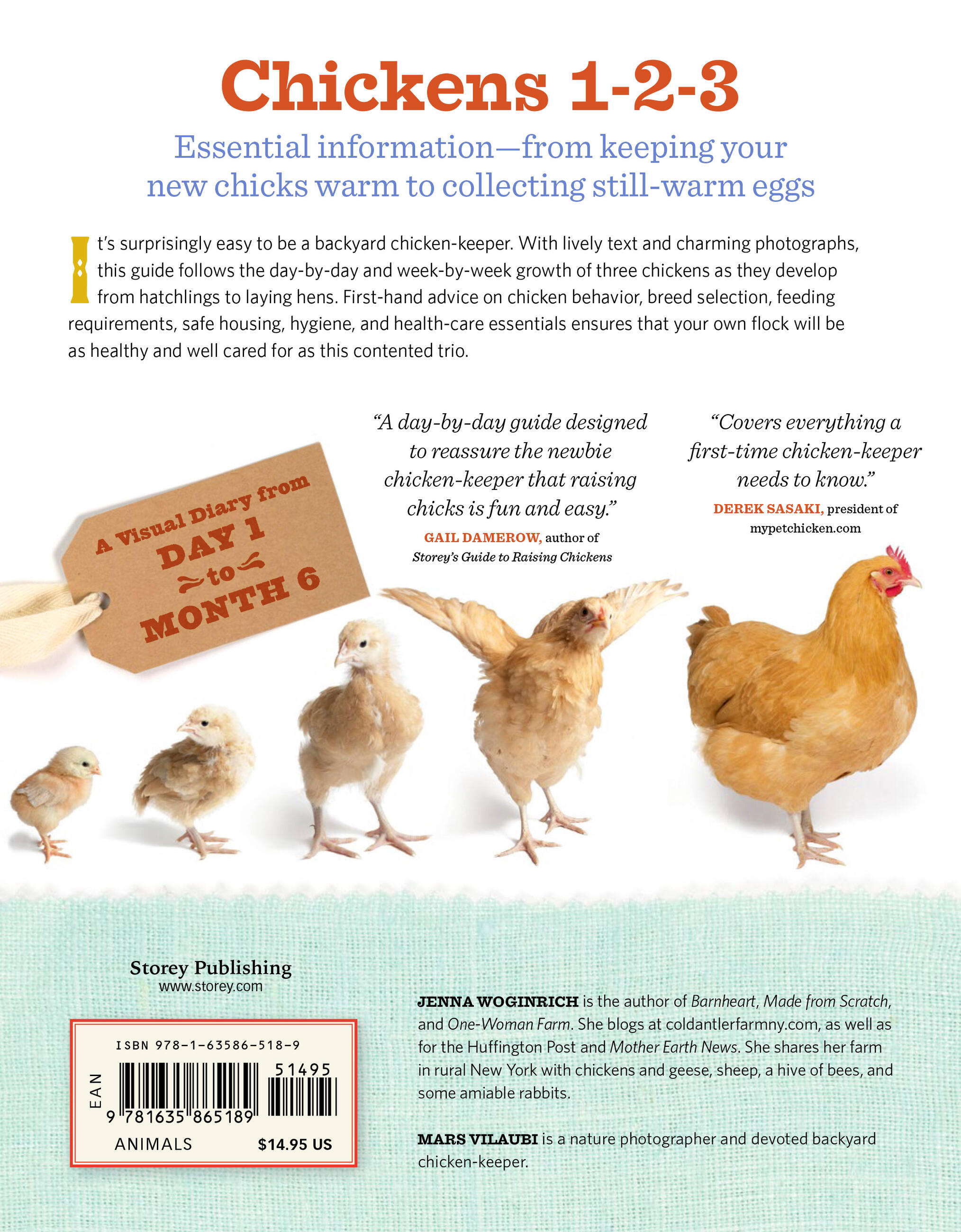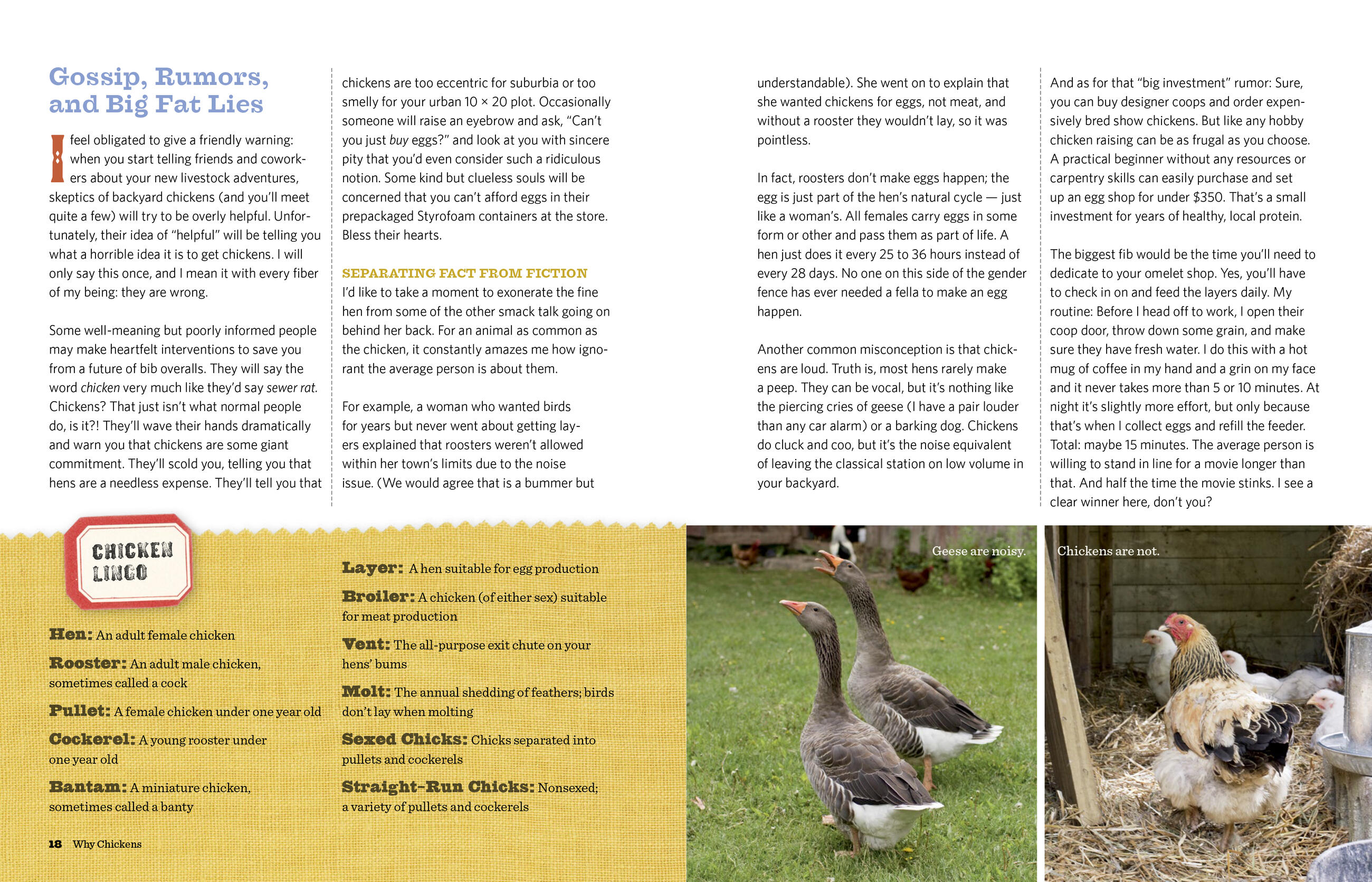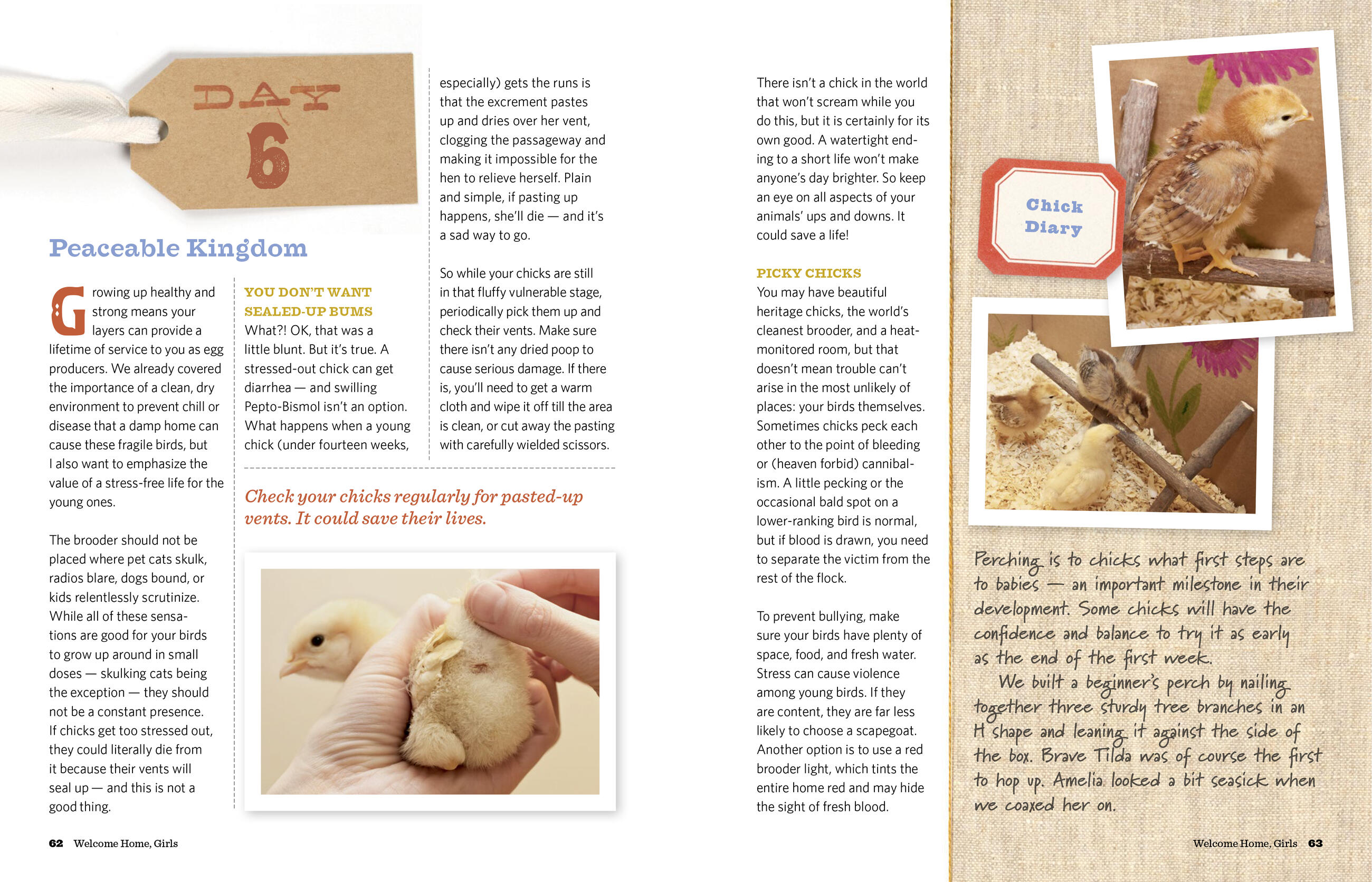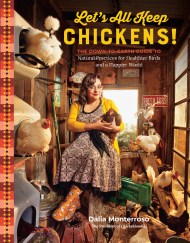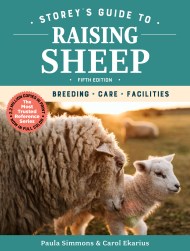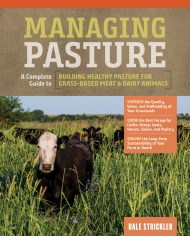Promotion
Use code MOM24 for 20% off site wide + free shipping over $45
An Absolute Beginner's Guide to Keeping Backyard Chickens
Watch Chicks Grow from Hatchlings to Hens
Contributors
Formats and Prices
Price
$14.95Price
$19.95 CADFormat
Format:
- Trade Paperback $14.95 $19.95 CAD
- ebook $9.99 $12.99 CAD
This item is a preorder. Your payment method will be charged immediately, and the product is expected to ship on or around December 21, 2021. This date is subject to change due to shipping delays beyond our control.
Also available from:
With delightful photographs, Jenna Woginrich chronicles the life journey of three chickens (Amelia, Honey, and Tilda) from fluffy, newly hatched bundles to grown hens laying eggs of their own. Following their progress from day to day and week to week, you'll learn everything you need to know to be successful in raising and keeping a happy, healthy flock. Topics covered include understanding chicken behavior; housing and feeding requirements; hygiene and basic health care. Both entertaining and educational, this highly accessible book provides just the right amount of information to get started and enjoy the pleasures of keeping backyard chickens.
Genre:
- On Sale
- Dec 21, 2021
- Page Count
- 128 pages
- Publisher
- Storey
- ISBN-13
- 9781635865189
Newsletter Signup
By clicking ‘Sign Up,’ I acknowledge that I have read and agree to Hachette Book Group’s Privacy Policy and Terms of Use
